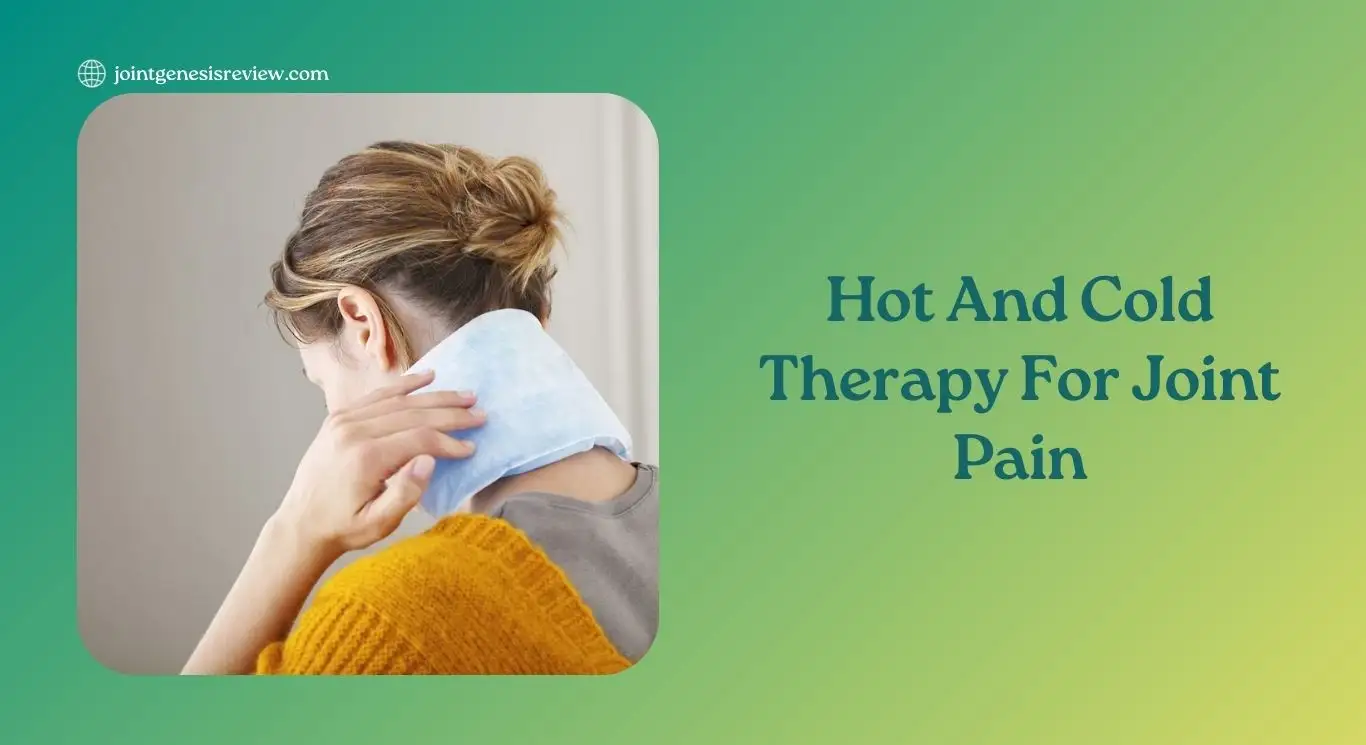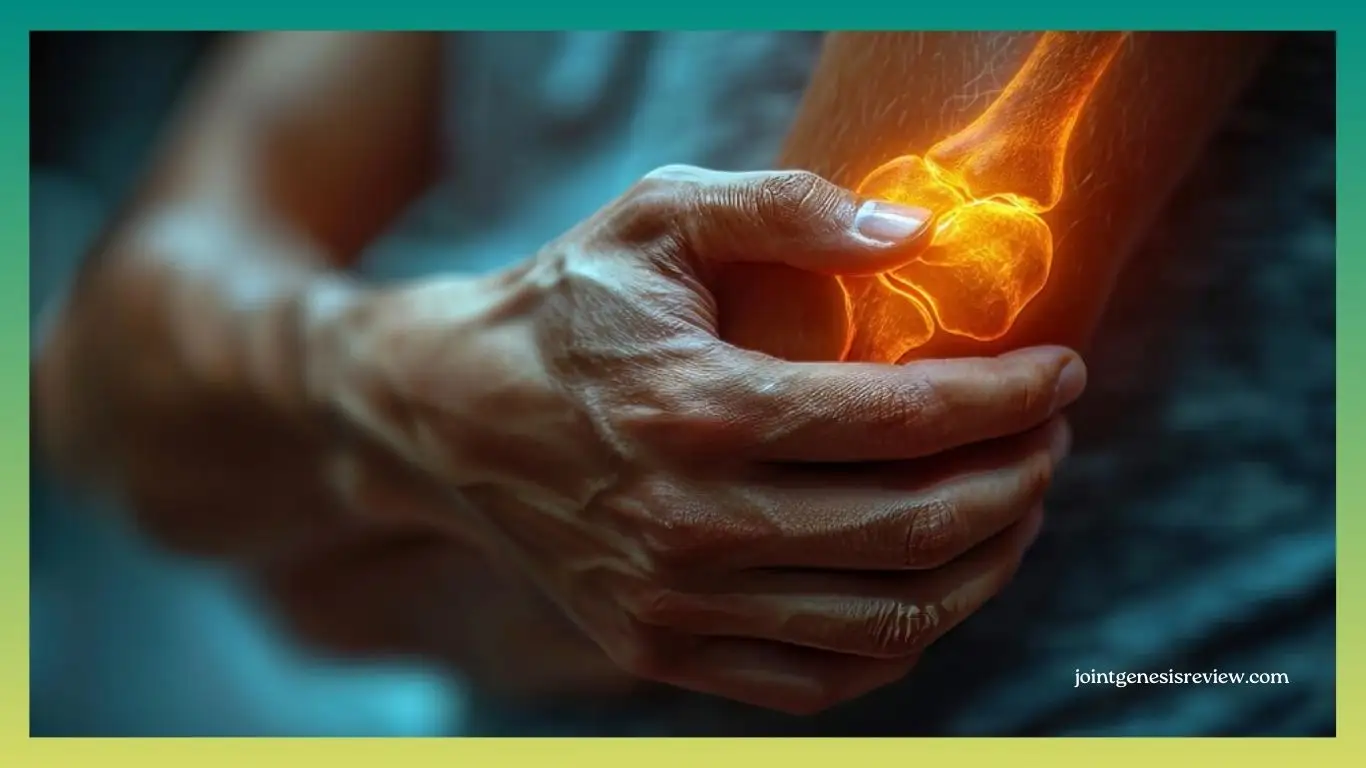Hot And Cold Therapy For Rheumatoid Arthritis Joint Pain
Explore the effectiveness of hot and cold therapy in alleviating rheumatoid arthritis joint pain. Delve into the science behind these therapeutic approaches, understanding how heat and cold can provide relief from inflammation and discomfort. Discover practical tips for implementing hot and cold therapy at home, and learn when each method is most beneficial. Empower yourself with knowledge to better manage rheumatoid arthritis symptoms and improve your quality of life.

Disclaimer: This article has been generated with the assistance of AI tools. While our research team has fact-checked the content, readers should independently verify information for accuracy and reliability.
Rheumatoid arthritis (RA) is a chronic autoimmune disorder characterized by inflammation and joint pain. In this condition, the body’s immune system mistakenly attacks its own healthy tissues, primarily the joints. RA can affect various joints, including the wrists, hands, knees, ankles, and feet, leading to swelling, stiffness, and debilitating pain.
The joint pain associated with rheumatoid arthritis can be persistent and severe, significantly impacting an individual’s quality of life. The inflammation caused by the immune system’s attack can damage the cartilage and bone within the joints, leading to deformities and reduced mobility over time.
While there is no cure for rheumatoid arthritis, various treatment options are available to help manage the symptoms and slow the progression of the disease. One of the complementary therapies that can provide relief from joint pain is the use of hot and cold therapy.
The Science Behind Hot And Cold Therapy For Arthritis Relief

Hot and cold therapy are simple yet effective techniques that have been used for centuries to alleviate pain and promote healing. These therapies work by targeting the body’s natural response to temperature changes, affecting blood flow, inflammation, and muscle tension.
When heat is applied to an affected area, it increases blood flow and dilates blood vessels, promoting the delivery of oxygen and nutrients to the tissues. This increased circulation can help reduce muscle spasms, stiffness, and joint pain associated with rheumatoid arthritis [ Reference: https://medlineplus.gov/ency/article/000431.htm].
Conversely, cold therapy constricts blood vessels, reducing blood flow and inflammation in the affected area. This can help alleviate swelling, muscle spasms, and pain caused by the inflammatory process in rheumatoid arthritis.
Hot Therapy For Rheumatoid Arthritis
Hot therapy can be an effective way to manage the joint pain and stiffness associated with rheumatoid arthritis. Here are some common methods of applying heat:
- Warm Baths or Showers: Soaking in warm water can provide soothing relief for multiple joints affected by RA. The heat helps relax muscles and increase blood flow, reducing stiffness and discomfort.
- Heating Pads or Hot Water Bottles: These can be applied directly to the affected joints for localized heat therapy. The warmth can help ease muscle tension and promote relaxation.
- Paraffin Wax Baths: This therapy involves dipping the hands or feet in warm, melted paraffin wax. As the wax solidifies, it provides deep, penetrating heat that can alleviate joint pain and stiffness.
- Infrared Saunas: Infrared saunas use light to create heat within the body’s tissues, providing a deeper, more penetrating form of heat therapy that can be beneficial for overall joint health.
Cold Therapy For Rheumatoid Arthritis
Cold therapy can be an effective way to reduce inflammation, swelling, and pain associated with rheumatoid arthritis flare-ups. Here are some common methods of applying cold:
- Ice Packs or Cold Compresses: These can be applied directly to the affected joints for localized cold therapy. The cold temperature can help constrict blood vessels, reducing inflammation and pain[Reference: https://www.urmc.rochester.edu/encyclopedia/content.aspx?contenttypeid=85&contentid=p00918].
- Cold Water Immersion: Submerging the affected joints in cold water can provide relief from inflammation and swelling. This method can be particularly effective for larger joints like the knees or ankles.
- Cryotherapy: This involves the use of extremely cold temperatures, often achieved through exposure to liquid nitrogen or specialized chambers. Cryotherapy can help reduce inflammation and pain, although it should be administered under professional supervision.
- Cold Gel Packs: These reusable packs can be kept in the freezer and applied to affected joints as needed. They provide localized cold therapy without the risk of skin damage from direct ice contact.
Tips For Applying Hot And Cold Therapy Safely And Effectively
While hot and cold therapy can be highly beneficial for managing rheumatoid arthritis joint pain, it’s essential to follow some safety guidelines to avoid potential risks:
- Protect Your Skin: Avoid direct contact between hot or cold sources and your skin. Use a towel or cloth as a barrier to prevent burns or frostbite.
- Limit Application Time: Apply heat or cold for no more than 20 minutes at a time to avoid adverse effects. Allow your skin to return to normal temperature before reapplying.
- Hydrate: Drink plenty of water before and after hot or cold therapy sessions to stay properly hydrated.
- Consult Your Healthcare Provider: If you have nerve damage, poor circulation, or other underlying conditions, seek guidance from your healthcare provider before using hot or cold therapy.
- Listen to Your Body: Discontinue the therapy if you experience increased pain, swelling, or any other concerning symptoms.
- Alternate Hot and Cold: For some conditions, alternating between hot and cold therapy can be more effective than using one method alone.
Closing thoughts
By incorporating hot and cold therapy into your rheumatoid arthritis management plan, you can potentially reduce joint pain, swelling, and stiffness, leading to improved mobility and overall quality of life. However, it’s essential to use these therapies in conjunction with any prescribed medications or treatments and under the guidance of your healthcare provider.
Remember, while hot and cold therapy can provide relief, they are complementary therapies and should not replace medical treatment for rheumatoid arthritis. A comprehensive approach, including medication, physical therapy, and lifestyle modifications, is often necessary for the effective management of this chronic condition.
References
Alex Milan
Alex Milan is a licensed osteopath and acupuncturist based in United States. He graduated from the British School of Osteopathy in 2017, where he received extensive training in osteopathic techniques for treating musculoskeletal conditions. Alex is passionate about providing patients with holistic, drug-free pain relief and enabling people to live active, healthy lives. He utilizes osteopathic manipulative techniques along with acupuncture and lifestyle advice to address the root causes of pain and dysfunction in the body. With expertise in areas including sports injuries, back and neck pain, headaches, and repetitive strain injuries, Alex has helped numerous patients find relief from pain and return to their regular activities.
